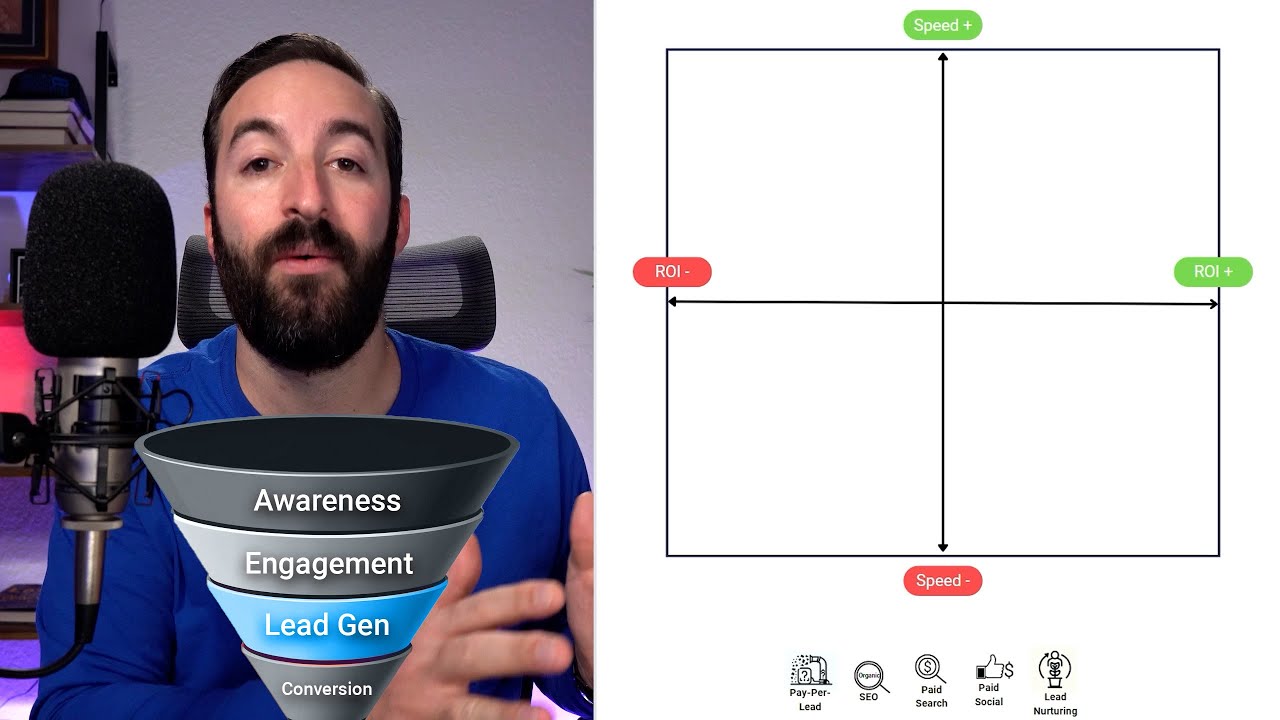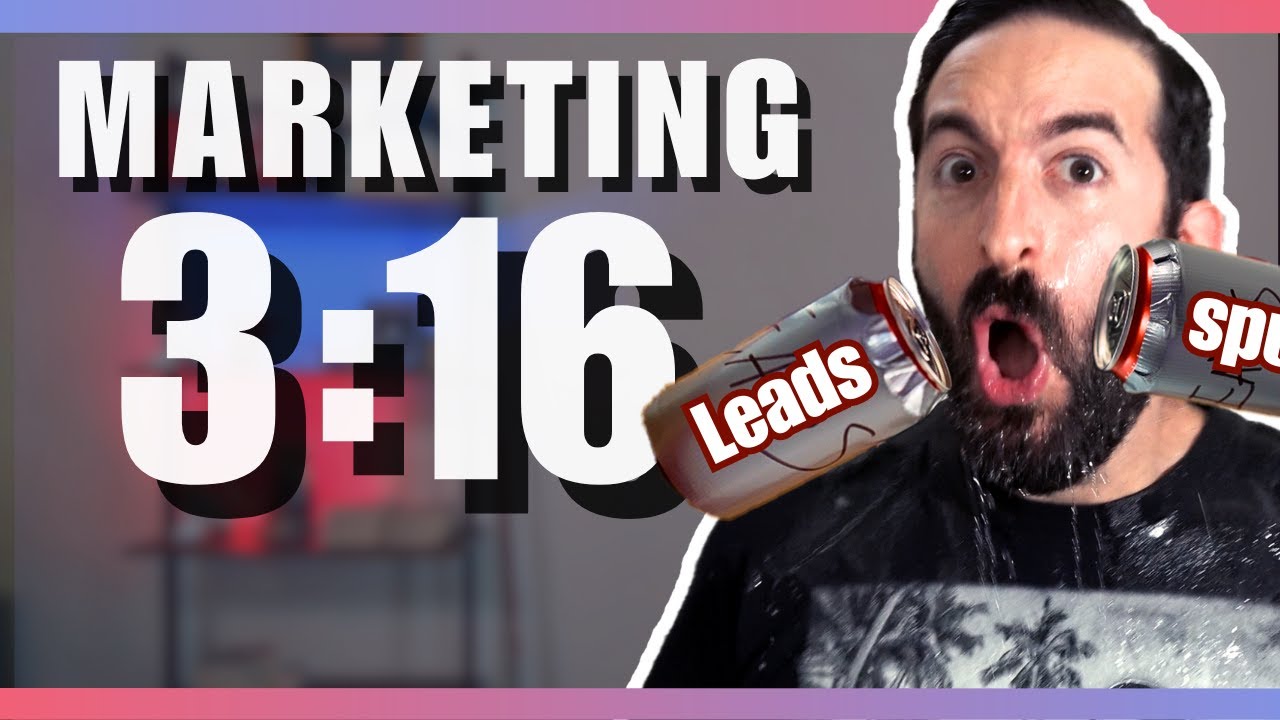How to Select the Best Lead Generation Channels Based on Your Goals
When launching a new channel or campaign, you need to consider two key attributes: Quick Definitions This post focuses on channels that drive lead generation and conversion, highlighting the trade-offs
Read More | Watch Video



